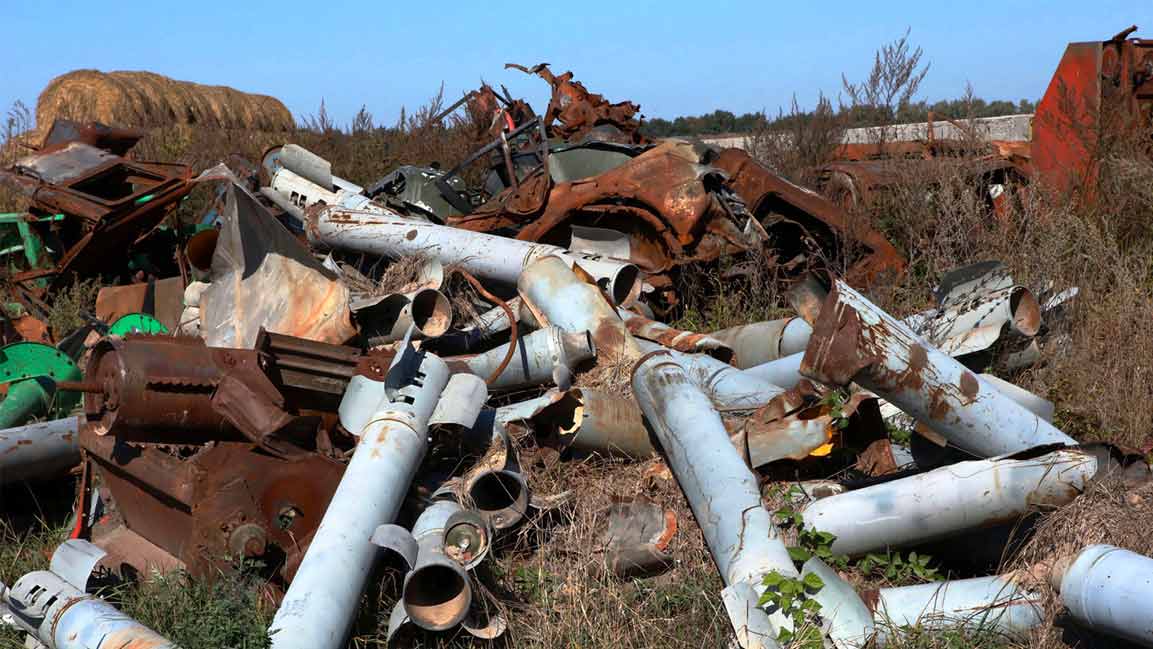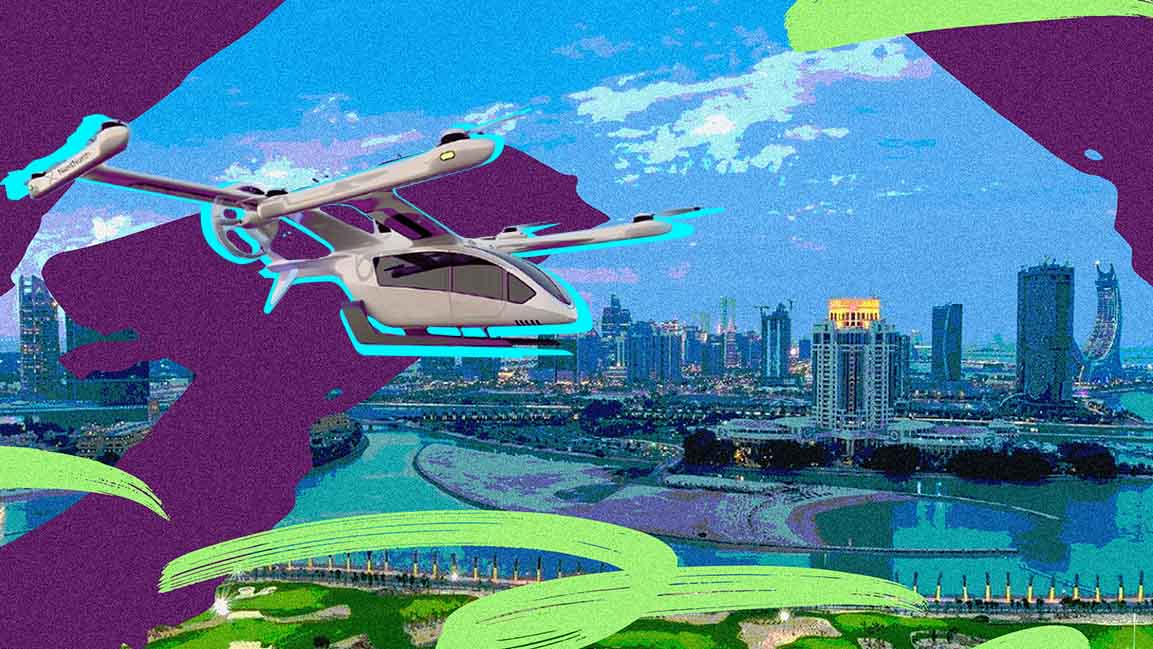- | 9:00 am
Healthcare tourism in the Middle East may hinge on the pharma industry
This goal relies heavily on the strength and capabilities of the pharmaceutical sector.

The Middle East’s ambition to be a major hub for tourism is evident in its rapid expansion, investment, and innovation. Beyond its renowned tourist attractions and rich cultural heritage, an increasing number of individuals are now drawn to the region to access high-quality medical services.
Strategically, the region is fostering a new identity: a sought-after destination for medical tourism. However, this vision hinges significantly on one crucial pillar – the pharmaceutical industry.
THE COLLABORATION
Mohamed Nasser, General Manager for the Middle East and Africa (MEA) region at Amgen, believes that pharmaceutical companies and healthcare providers share the same ultimate objective of serving patients, whether the patient is local, an arriving or returning expat or a medical tourist.
There are various examples of collaboration between these stakeholders, such as providing real-time information on the availability of prescribed medicines in the visiting and home countries. In some cases, the same medicine may have different names, indications, or dosage forms across countries due to regulatory reasons. Additionally, there are efforts to enroll patients in education and support programs in both the visiting and home countries.
Collaboration across all sectors is also essential to realize the ambitious economic vision that the entire region is pursuing, which is setting a global example, emphasizes Dr. Omar Najim, Executive Director of Healthcare and Life Sciences at United Al Saqer Group.
The Middle East has recently demonstrated resilience and is slated to continue leading the world in economic recovery.
He adds that meaningful collaboration must become a standard practice to solidify the Middle East, particularly the UAE, as a premier healthcare tourism destination rather than merely an aspiration for times when teams and stakeholders have surplus capacity and resources.
Collaboration must be ingrained in all parties’ mindsets and enforced as a pivotal step in the implementation process.
Healthcare expert Dr Ahmad Okasha also added that pharmaceutical companies have the opportunity to support healthcare tourism goals in the Middle East by sharing best practices and evidence-based knowledge. For instance, sponsoring patient support programs associated with medical tourism has improved outcomes. Lastly, these companies can facilitate collaborative relationships among clinical researchers and regional teaching hospitals.
THE PATH TO ATTRACTING HEALTHCARE TOURISTS
Streamlining regulations around pharmaceutical imports and clinical trials is essential to attract healthcare tourists seeking specific treatments to the Middle East, says Burhaan Khan, Partner, Head of Healthcare at KPMG Saudi Arabia.
He believes that simplified regulatory processes can reduce bureaucratic hurdles, facilitate faster access to innovative therapies, and attract regional pharmaceutical investments. This can expand the range of treatments available to medical tourists and enhance the Middle East’s reputation as a destination for affordable medical care.
Despite efforts, challenges persist in the Middle East healthcare sector, including fragmented regulatory processes, concerns about the quality of some pharmaceutical drugs, and differing preferences for local and regional drug producers. However, ongoing initiatives to enhance regulatory processes and implement efficient changes, such as establishing national registration guidelines and reforms, indicate positive progress toward a more unified and robust regulatory environment.
For Pamela Durant, Founder and Managing Director at and Certified Lifestyle Medicine and Wellness Coach, collaboration among government agencies, regulatory authorities, healthcare providers, and pharmaceutical companies is essential for clear and expedited approvals.
She notes that offering financial incentives and supportive measures can encourage pharmaceutical companies and research institutions to conduct clinical trials and research studies in the Middle East, stimulating healthcare innovation and economic growth while expanding tourist treatment options.
Middle Eastern countries can enhance their pharmaceutical regulatory landscape by aligning import and trial regulations, expediting approvals for rare diseases, and establishing regulatory support centers, says Dr. Manjunath Mendon, Director and Head of Research and Development at Riyadh Pharma.
Enhancing transparency and offering incentives for innovation, like tax benefits, would attract more research and development efforts. Investing in capacity building and fostering international collaboration would strengthen regulatory capabilities and credibility. These measures streamline processes, attract investments, and promote healthcare tourism, ultimately advancing the region’s public health and economic growth.
Access to the latest medical solutions, including innovative medicines, is crucial for medical tourists, points out Nasser.
Accelerating access through special programs and fast-tracking registration and reimbursement protocols is essential. While many Middle Eastern countries register new medicines through FDA or EMA approval, some are faster than others.
Accelerating access to innovation and protecting intellectual property can attract a share of the growing medical tourism market.
Maintaining a closed-loop supply chain is critical for medicine quality and safety. Regulatory frameworks for clinical trials are essential for timely product launches. With appropriate regulations, the pharmaceutical industry can contribute to medical tourism growth.
INTEGRATING PHARMACEUTICAL SERVICES INTO HEALTHCARE TOURISM
The growing role of digital technologies and an increased focus on healthcare research is also reshaping how healthcare is delivered, says Amar Patel, Partner – Deal Cycle and Strategy Advisory in Healthcare and Education and Healthcare Sector Leader at PwC Deals (Middle East).
The pharmaceutical industry will continue to be pivotal in the sector’s next phase of evolution. The region’s heavy reliance on imports for specialized drugs and biologics presents a systemic challenge and risk, affecting the local population and medical tourists in the face of global supply chain disruptions like those seen during COVID-19.
Consequently, there’s a renewed sectoral focus, with local governments prioritizing biotechnology and emphasizing securing supply chains for critical drugs (e.g., vaccines, biosimilars) through local manufacturing and localization incentives as part of their national agendas.
Digital health, including telehealth and Health Information Exchange (HIE), is becoming essential in global healthcare provision, accelerated by the COVID-19 pandemic, adds Najim.
Countries like the UAE, Singapore, and Qatar, with advanced digital health platforms, have fared better in pandemic response.
The region is among the early adopters of digital health technologies, aiming to enhance personalized wellness and care and address issues of healthcare access equality.
Integrated, highly connected, and data-rich systems enable pharmaceutical and digital companies to innovate more rapidly. In the region, digital healthcare infrastructure facilitates pharmaceutical effectiveness through improved patient selection for clinical trials, enhanced medication monitoring for side effects and interactions, and expedited medication delivery through cloud pharmacy services.
The COVID era and the rise of Gen AI have sped up telemedicine, big data handling, and digitization in healthcare, connecting patients, providers, and functions like labs to hospitals and companies to HCPs globally, says Nasser.
While progress has been made, there’s still growth potential in remote patient care, including home diagnostics and delivery solutions. As these systems expand, telemedicine could revolutionize medical tourism.
The pharmaceutical value chain, from innovation to patient support, plays a crucial role.
Launching new medicines and ensuring medication adherence indirectly improves outcomes and impacts medical tourism by prioritizing patient care.
E-prescribing systems streamline prescription processes, allowing physicians to send prescriptions to pharmacies electronically. According to Mendon, integration with EMR systems ensures accurate documentation of medication histories and allergies, enhancing patient safety for healthcare tourists in the Middle East.
Additionally, digital health platforms facilitate pharmacy delivery services, enabling tourists to order medications online for convenient delivery to their accommodations. HIE networks securely share patient health information among providers and pharmacies, ensuring medication records are accessible for continuity of care, thus minimizing the risk of adverse drug interactions.
ESTABLISHING SUSTAINABLE INDUSTRIES
The region is strategically aligning recent developments to create a globally competitive medical tourism and pharmaceutical industry throughout the value chain, says Najim.
In addition to offering financial and regulatory incentives, measures are being implemented to ensure long-term sustainability. This includes establishing educational institutes to nurture talent and innovation, supporting logistics and digitization industries, enacting competitive tax policies, elevating living standards to attract talent and companies, and fostering trade treaties like CEPA, Belt and Road, and I2U2 to sustain bilateral demand.
Khan adds that measures are also being taken across the Middle East to ensure investment in infrastructure, talent acquisition, and research and development.
Additionally, governments are implementing policies to attract foreign investment and strengthen regulatory frameworks to support the growth of both sectors. In Saudi Arabia, the government has developed policies specifically designed to promote innovation and has backed this up with significant investment and strategic prioritization.
Durant also points out that there has also been a focus on Public-Private Partnerships (PPPs) to facilitate the development of healthcare infrastructure, specialized medical facilities, and support services. This allows governments to attract investment, expertise, and technology to enhance the country’s healthcare tourism offerings. PPPs can also help ensure that medical tourism initiatives align with broader healthcare goals, such as improving healthcare access for local populations and fostering economic development.
MAJOR HEALTHCARE TOURISM DESTINATION?
Ensuring the Middle East’s position as a premier healthcare tourism destination involves addressing several critical challenges, says Mendon.
First, maintaining consistent, high-quality healthcare services is essential for building credibility, necessitating standardized accreditation levels across facilities. Second, infrastructure development is crucial to meet evolving medical tourist needs, including enhancing medical facilities, transportation networks, and accommodation options. Third, streamlining regulatory frameworks and bureaucratic processes is necessary to facilitate healthcare delivery and pharmaceutical operations.
Additionally, overcoming negative perceptions and misconceptions through effective marketing is vital for building a positive reputation. Ensuring an adequate supply of skilled healthcare professionals, improving accessibility and affordability, and differentiating from established markets are also key considerations, he adds.
Addressing these challenges requires collaborative efforts from governments, healthcare providers, industry stakeholders, and regulatory authorities to enhance the region’s competitiveness and achieve sustainable growth in the global healthcare tourism market.
Challenges in healthcare tourism vary by GDP, adds Okasha. Middle-income countries like Jordan, Egypt, and Tunisia face issues due to inadequate investment in information technology, hindering high-quality care maintenance. In high per capita income countries like the GCC, rising living costs challenge affordable medical treatments for international patients. Outbound migration of medical talents is a concern region-wide. Also, building clinical research capabilities for innovation is crucial. Tailored strategies and investments are needed to address these challenges effectively.
Despite significant growth and improvement over the past two decades, the Middle East still needs to work on establishing itself as a premier healthcare tourism destination, points out Durant.
Shortages of qualified nurses, physicians, and other healthcare professionals worldwide pose recruitment and retention challenges, especially in specialized fields. Mixed perceptions about care quality, geopolitical instability, and cultural barriers hinder the region’s appeal to medical tourists.
To overcome these obstacles, targeted marketing campaigns should raise awareness of the region’s facilities and extensive medical services, addressing skepticism and encouraging confidence among potential visitors.





































